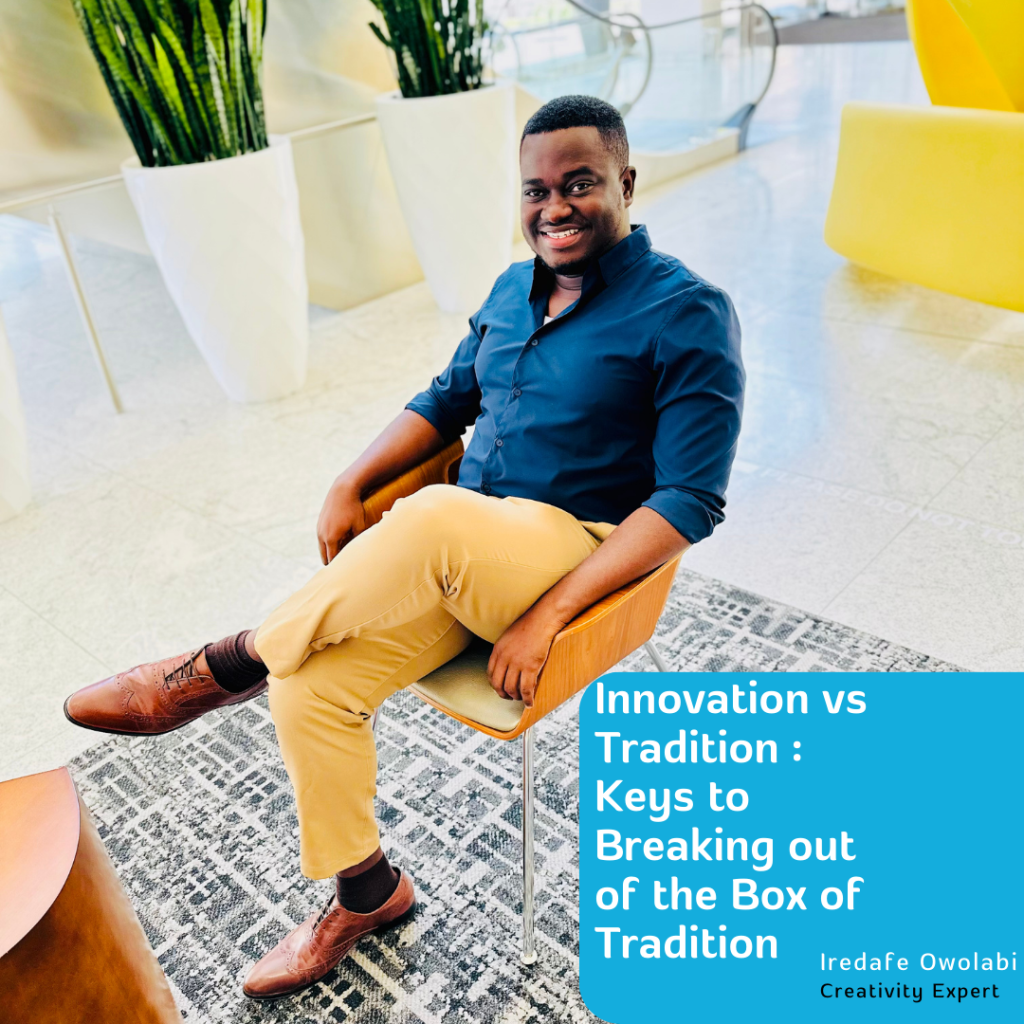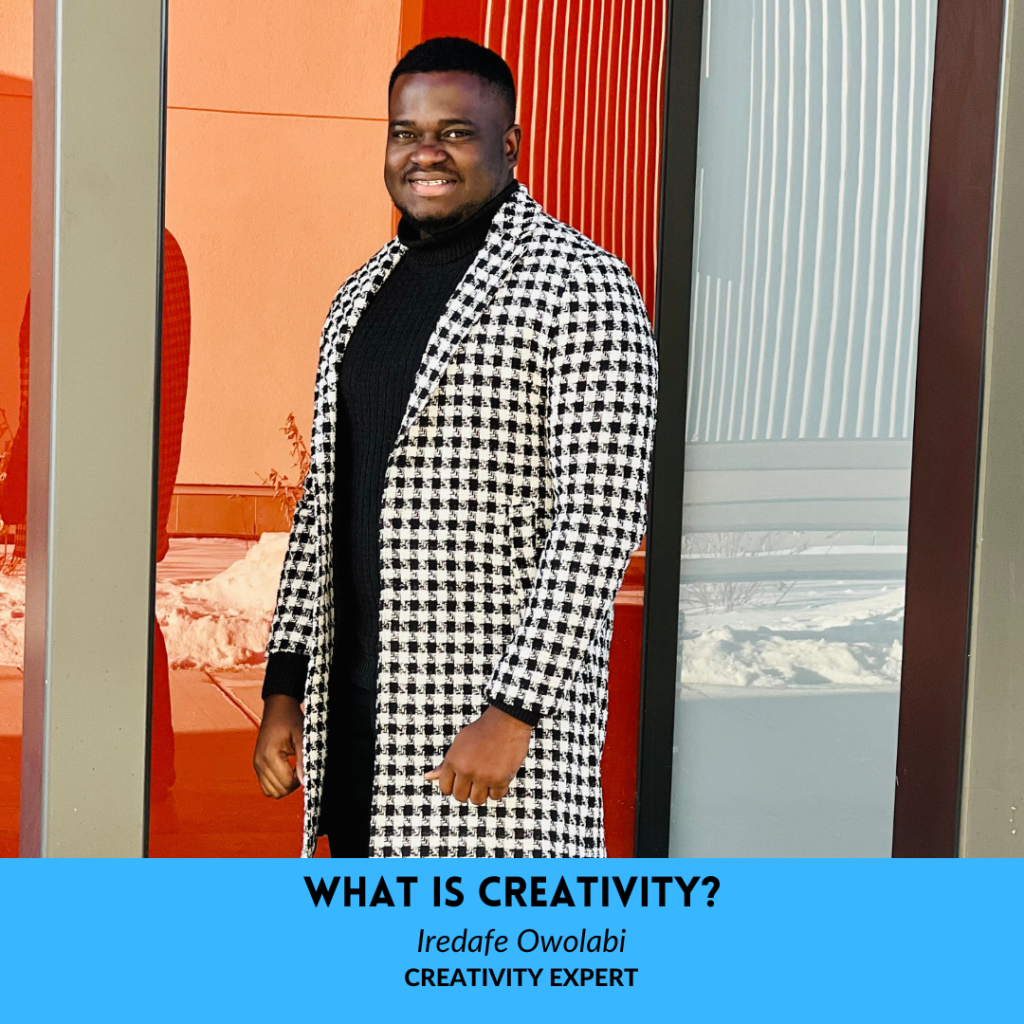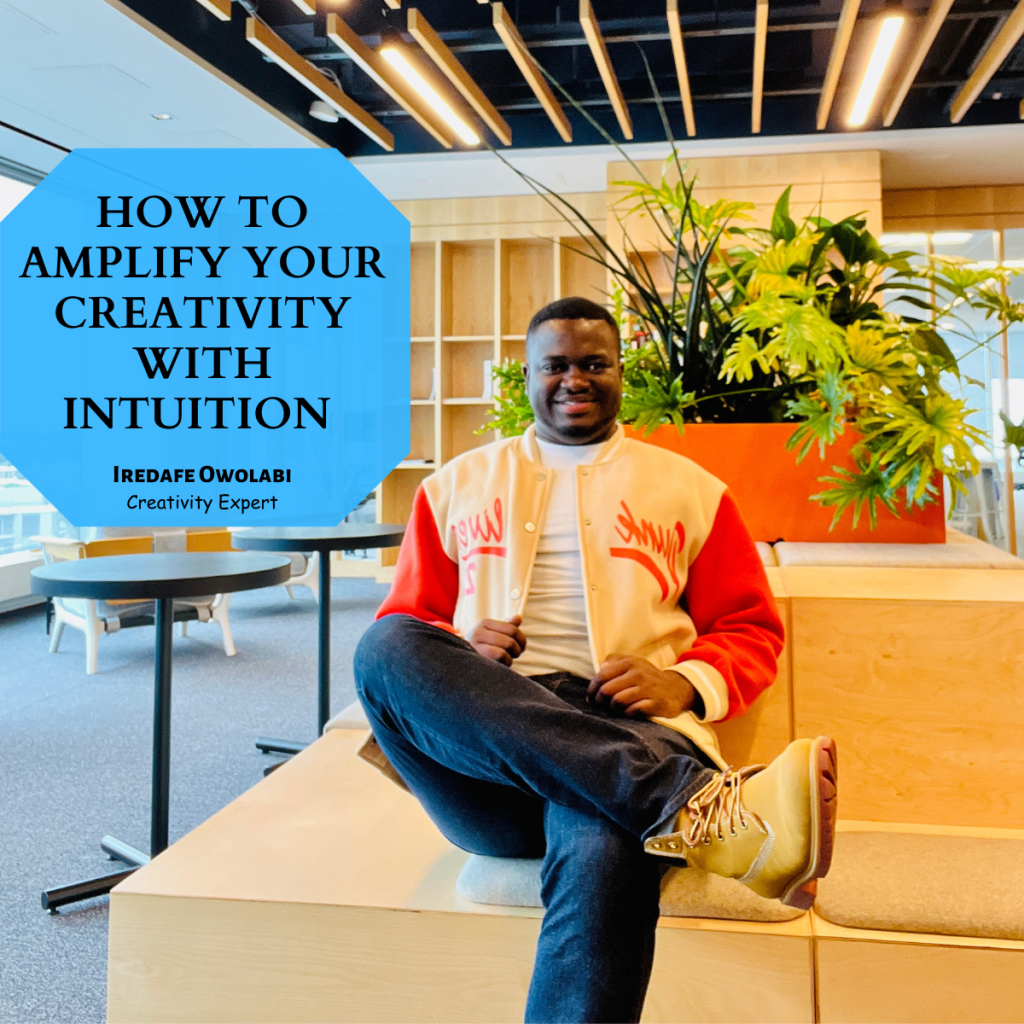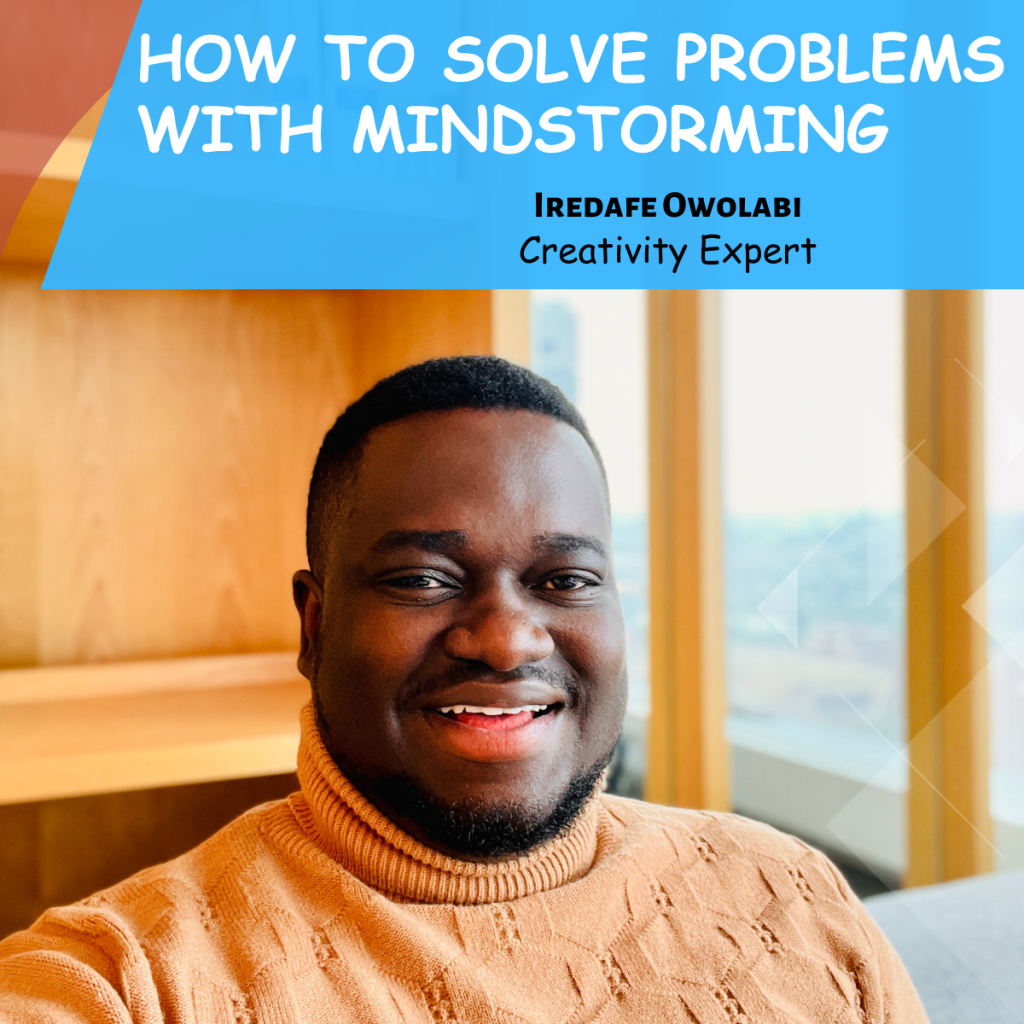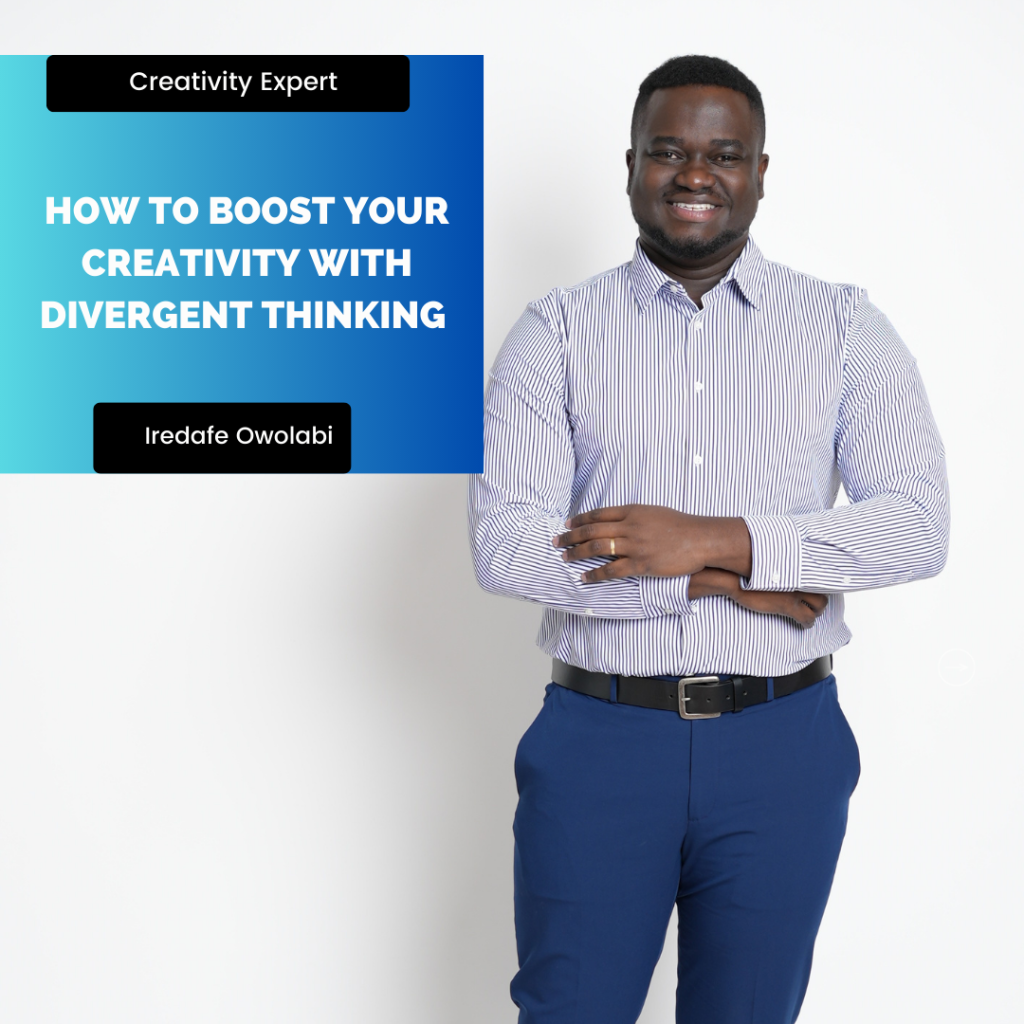What is Innovation? 7 Keys to Breaking out of the Box of Tradition
https://youtu.be/c9FGOHKmWy8 Innovation vs Tradition: Keys to Breaking Out of the Box In a world that is constantly evolving, the clash between innovation and tradition has become a defining characteristic of our times. Intentionally breaking out of the box has become the only way to thrive. While tradition, rooted in the methods of the past, provides us with a sense of comfort that comes with stagnation; innovation on the other hand drives progress and propels us into the future. Often seen as opposing forces, these two paradigms are locked in a perpetual struggle for dominance. However, the key to thriving in this dynamic landscape lies in our ability to break out of the box and harness the best of both worlds. In this blog post, we will explore the delicate balance between innovation and tradition while breaking out of the box of tradition. This is important if you want to climb unto new heights of creativity and success. What is Innovation? Innovation refers to the process of introducing new ideas, products, services, methods, or technologies that bring about significant improvements or changes to the current state of affairs. It involves creative thinking, problem-solving, and the application of novel approaches to address challenges or fulfill unmet needs. The goal of innovation is to constantly break you away from the “cocoon” called tradition. But the goal of tradition is to make people hold onto a method for too long. Innovation holds onto the principles behind past and current methods but keeps inventing and reinventing better ways or methods of achieving the desired result. Another good thing about innovation is that it may sometimes also bring about the discovery and use of a better principle and method altogether. Innovation does not wait for a method to stop working before developing a better one. But tradition holds onto a method that worked long ago even though it is no longer efficient. Do not get married to your methods because they worked before! What is Tradition? Tradition is a set of old ideas, beliefs, custom, practice, or information that have been passed down from one generation to another with or without true understanding of its origin and purpose. Traditions are bound to be done away with, changed or modified to suit the need of the hour. Rigid people however, are resistant to innovative change. They devote their time, energy and resources to protect traditions which came into existence as a result of past experiences, limited exposure or outdated information. The most annoying part is that most times they do not even know the origin of such limiting traditions and conventions. This is why every individual who wants to come out of the cage of convention and tradition must be a student of history especially as it concerns his particular area of interest. Some traditional practices are not bad in themselves because they were invented to serve a particular purpose based on the level of exposure that was available when they came into existence. However the problem with tradition is that it gets handed down and transmitted to a totally new generation with different sets of challenge and a better degree of exposure. Further Reading:1. The 2 Basic Differences Between Creativity and Innovation2. 4 Reasons Why Creativity Is Important in Life and Beyond The Power of Innovation Innovation is the engine that drives progress and propels society forward. It is the force that disrupts the status quo and challenges existing norms. Embracing innovation opens the door to new possibilities and opportunities, empowering us to solve complex problems and improve our lives in unprecedented ways. Innovators push the boundaries of what is possible, leading to groundbreaking discoveries, technologies, and solutions. For more insights on how to tap into the realm of innovation, read this blog: The Creative Power of Questions: 5 Keys to Innovative Discoveries. https://youtu.be/BxP-3g52VtY Keys to Breaking Out of the Box 1. Break Free from Limiting Beliefs Tradition cages people into a particular convention and trades its practices from one generation to another and no one dares think in the line of change and innovation. The clash between innovation and tradition often stems from rigid thinking and the fear of change. Breaking out of the box requires you to challenge your own limiting beliefs and be open to new ideas and perspectives. For more insights into this, check out one of my books titled: “4D Thinking“. 2. Welcome Change as a Constant Change is the only constant in life, and both innovation and tradition are essential for navigating this ever-changing landscape. Instead of seeing them as opposing forces, we can view them as complementary elements in a continuous cycle of adaptation and improvement. By embracing change as an integral part of life, we become more resilient and agile in the face of challenges and uncertainties. For more insights on the benefits of change, check out this article. 3. Preserving Core Values while Pursuing Progress Breaking out of the box requires us to strike a delicate balance between preserving our core values and embracing progress. It is possible to honor principle-based tradition while incorporating innovative practices that align with our values. By doing so, we ensure that our advancements are rooted in integrity and respect for the past. 4. Fostering a Culture of Innovation To embrace both innovation and tradition, organizations must foster a culture that encourages creativity and forward-thinking while appreciating the significance of established practices. Encouraging employees to experiment, take risks, and learn from failures can lead to groundbreaking innovations. At the same time, recognizing and celebrating the value of principle-oriented tradition can enhance employee morale and commitment. 5. Leading by Example Breaking out of the box starts with individual leadership. Leaders who embrace a balanced approach to innovation and tradition can inspire their teams to do the same. By demonstrating that change is essential for growth and that tradition is the foundation for progress, leaders set the stage for a harmonious coexistence of both paradigms. Conclusion: Innovation and Tradition The clash between innovation and tradition is
What is Innovation? 7 Keys to Breaking out of the Box of Tradition Read More »

